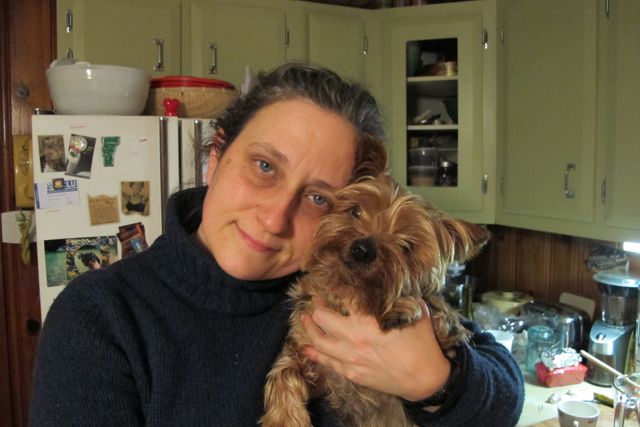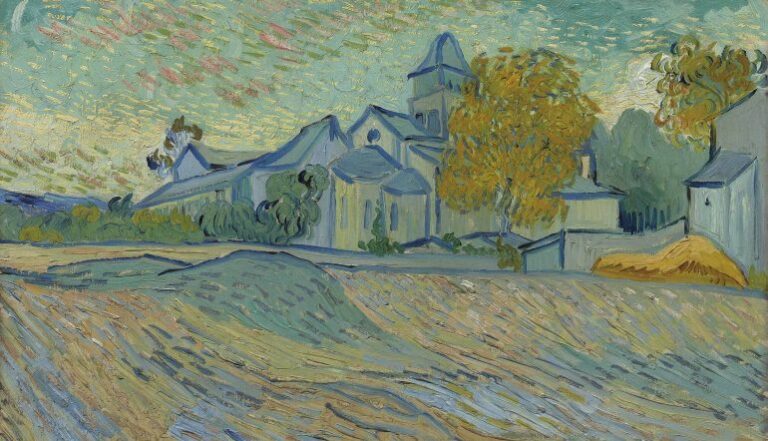The Great Indoors
Guest post by Greg Schutz
I read my friend Sara Schaff’s story “Our Lady of Guazá” in the latest issue of Inkwell with rapt attention, to say the least. This is not simply because the story, about the relationship between two half-sisters in Bogotá in the wake of their mother’s death, is excellent–I invite readers to see for themselves–but also because the story takes place somewhere with special meaning for me.
I don’t mean the Salt Cathedral of Zipaquirá, which the two sisters visit, although the subterranean cathedral’s passageways and vaults do call this place to mind. No, I’m talking about someplace far more vast and less tangible. Call it the Great Indoors.
It’s a place I’ve been exploring all my life.
As a boy, I created my own planet. The planet’s surface, I imagined, was a scorched wasteland. Beneath the surface, however, I invented a paradise: an endless network of inexplicably well-lit caverns thick with steamy undergrowth; underground rivers and fountains; and claustrophobic passages opening onto vast, buttressed chambers that stretched off toward hazy vanishing points. Near the surface lay civilization as my ten-year-old self knew it–small towns carved from rocky cavern walls, two-lane blacktop tunnels stretching from place to place, open farmland rolling into the distance beneath twinkling ceilings of stone. But the further downward I journeyed–wandering through the basement or my backyard, sometimes narrating events to myself in a whisper–the stranger and more wild the landscape became.
Described this way, it sounds almost blatantly metaphorical, doesn’t it? Polite society above, wilderness beneath: Even one of the names I gave my planet, “the Depot,” suggests a storehouse of the subconscious. Down and then up, treasure in tow–that story’s at least as old as Orpheus. But of course I didn’t consider this at the time.
For me, the appeal of my planet’s endless caverns surely had to do with the way they echoed elements of my own world. My boyhood bedroom was in the basement. It had no windows, but it did feature a secret passage. A panel in the ceiling lifted, allowing me to climb into the coat closet by the front door. My father had installed the passage as an emergency fire escape. Of course I used it all the time. Meanwhile, just outside my bedroom door was the unfinished half of the basement with its array of mysteries: the cryptic machinery of the furnace and water softener, my father’s exercise machine with its cords and pulleys and weighted plates, pipes along the ceiling that gurgled and gushed, and a passel of endlessly multiplying guinea pigs inside homemade wood-and-wire cages. All of these had roles to play in my elaborately crafted adventures.
Inner spaces, mysterious caves, concealed hideouts, secret passages–these things were features not only of the stories I invented, but also of the stories I was told. From Journey to the Center of the Earth (which, perhaps surprisingly, I didn’t read until after I’d first dreamed up my planet) to Fantastic Voyage, from Smaug’s den to the Mines of Moria, from the Goonies‘ search for treasure to Samson and Sally‘s passage beneath the oil slick, from Link slashing his way through eight-bit labyrinths to Mario slipping down a pipe to an underworld where goombas were blue, not red . . . you get the idea. Everywhere I turned, I encountered characters whose journeys took them downward. In a sense, then, when I journeyed to the center of my planet, I was simply reenacting one of the narrative themes I knew best.
Down and then up: the idea that stories can take us from without to within, that we can begin outdoors and then journey indoors, might seem a little counterintuitive at first. We’re cave-dwellers, after all, biologically hardwired to associate indoors with selfhood and family, domestication, enclosure, safety. The outdoors, meanwhile, connote otherness and strangers, wilderness, danger. And it’s where danger lurks, after all, that stories are to be found–right?
Perhaps. But inner spaces have long held claim to a power all their own. The innermost reaches of any place are marked as special. They hold that place’s reservoir of magic. Consider the cave paintings at Altamira and Lascaux, the Holy of Holies in Solomon’s Temple, or the Ptolemaic universe with its Earth nestled at the center of concentric spheres of Creation.
This, finally, is what I mean by the Great Indoors: a place that unites the dangerous and adventuresome properties of outermost exposure with the magical and transformative properties of innermost enclosure.
By this standard, the Salt Cathedral in “Our Lady of Guazá” certainly qualifies. The danger for the two sisters is not physical, but the emotional damage they have suffered, and which boils to the surface in the depths of the cathedral, is real. And certainly my boyhood adventures inside my invented planet qualify, as well. I was taking outside dangers–partially witnessed, partially intuited, partially invented–and pulling them into the confines of my own basement.
And, as with my planet, as with the Salt Cathedral, I often find myself fascinated by representations of magically charged indoor spaces. Wes Anderson’s brownstones and boats. Hayao Miyazaki’s spirit bathhouse. Jorge Luis Borges’s Library of Babel. Algernon Blackwood’s haunted houses.
But there’s no need, really, to search far and wide for such literal representations of what I’m talking about. Doesn’t all literature ask us to imagine–to internalize, to place in the enclosed space of our hearts–real physical and emotional dangers? Doesn’t it involve taking the outside–the otherness of strangers, these invented characters–and, though empathy, drawing it within? When we exit a particularly good novel or story, doesn’t it feel like we’re rising from the depths, coming up for air? In a very real sense, then, every time we immerse ourselves in literature, we are entering the Great Indoors.
After all these years, in fact, I suspect that this is what has become of my planet. I don’t stage the same imaginary adventures that I used to, but when I sit down to transform a story idea into words, I am entering a very similar imaginary space. Even though I may be more aware that these vaults and chambers are carved from the stone of my own subconscious, I’m still traveling the same tunnels as before. I journey downward, retrieve what I can, come up for air. I read what I’ve written. It’s imperfect. Something fragile was broken in my haste to grab it, or else turned to dust during the ascent, or else is simply still missing. So I sit down at the keyboard. I journey downward again.
This is Greg’s tenth post for Get Behind the Plough.
Images from: http://picasaweb.google.com/iWorthington/SaltCathedral#, http://www.cracked.com/blog/chatting-with-mario-during-a-game-of-super-mario-brothers/, http://commons.wikimedia.org/wiki/Category:Cellarius_Harmonia_Macrocosmica, and http://mexico.a-holic.com/cave-of-swallows-sotano-de-las-golondrinas/


